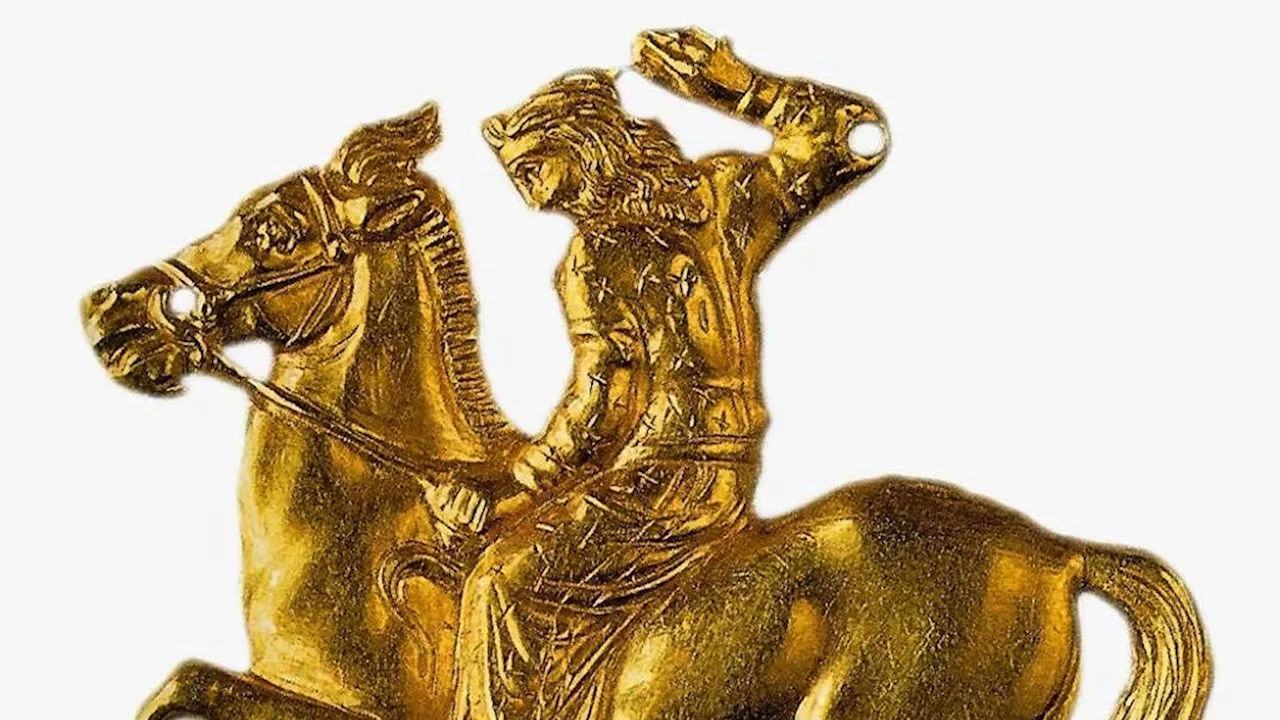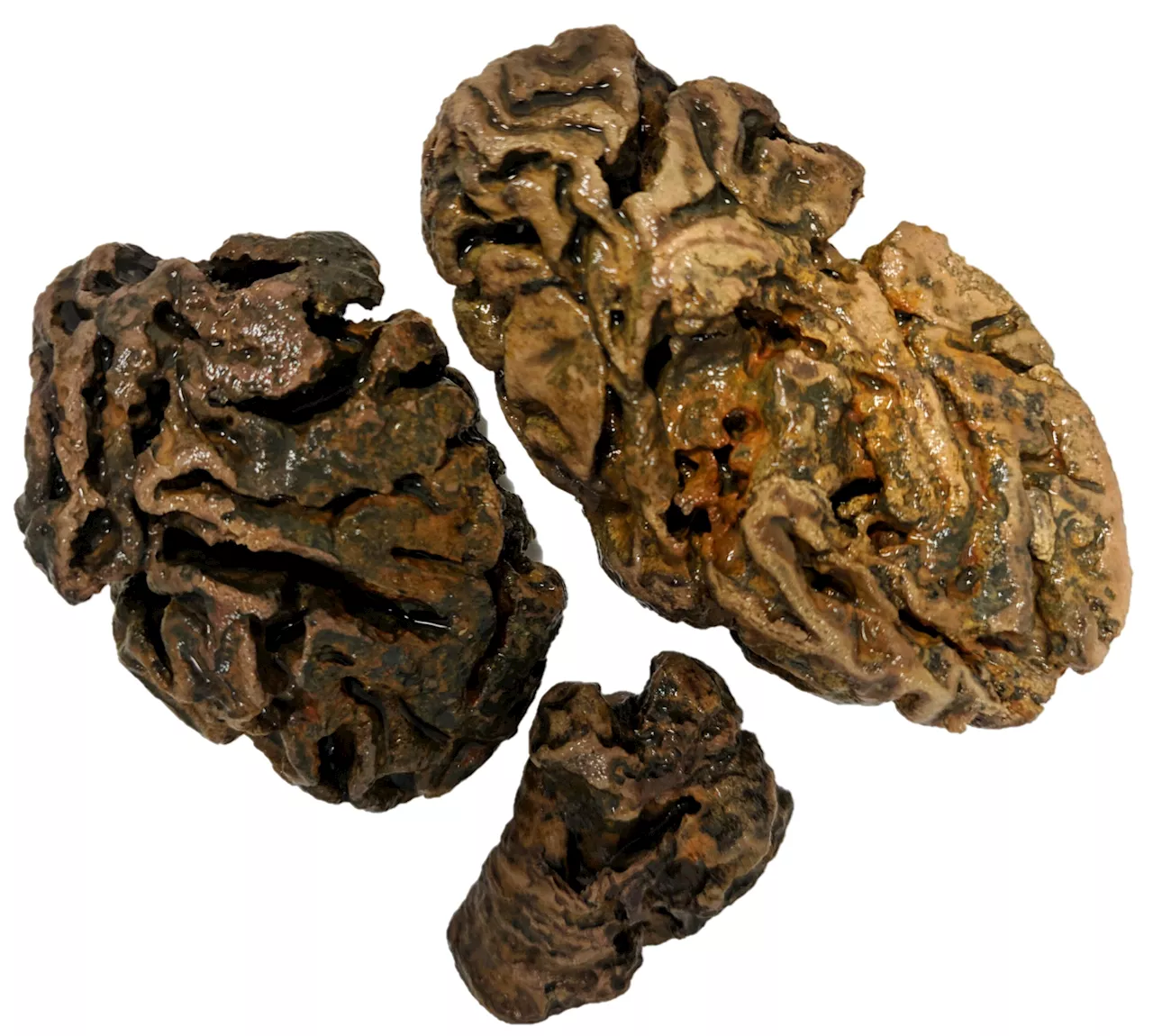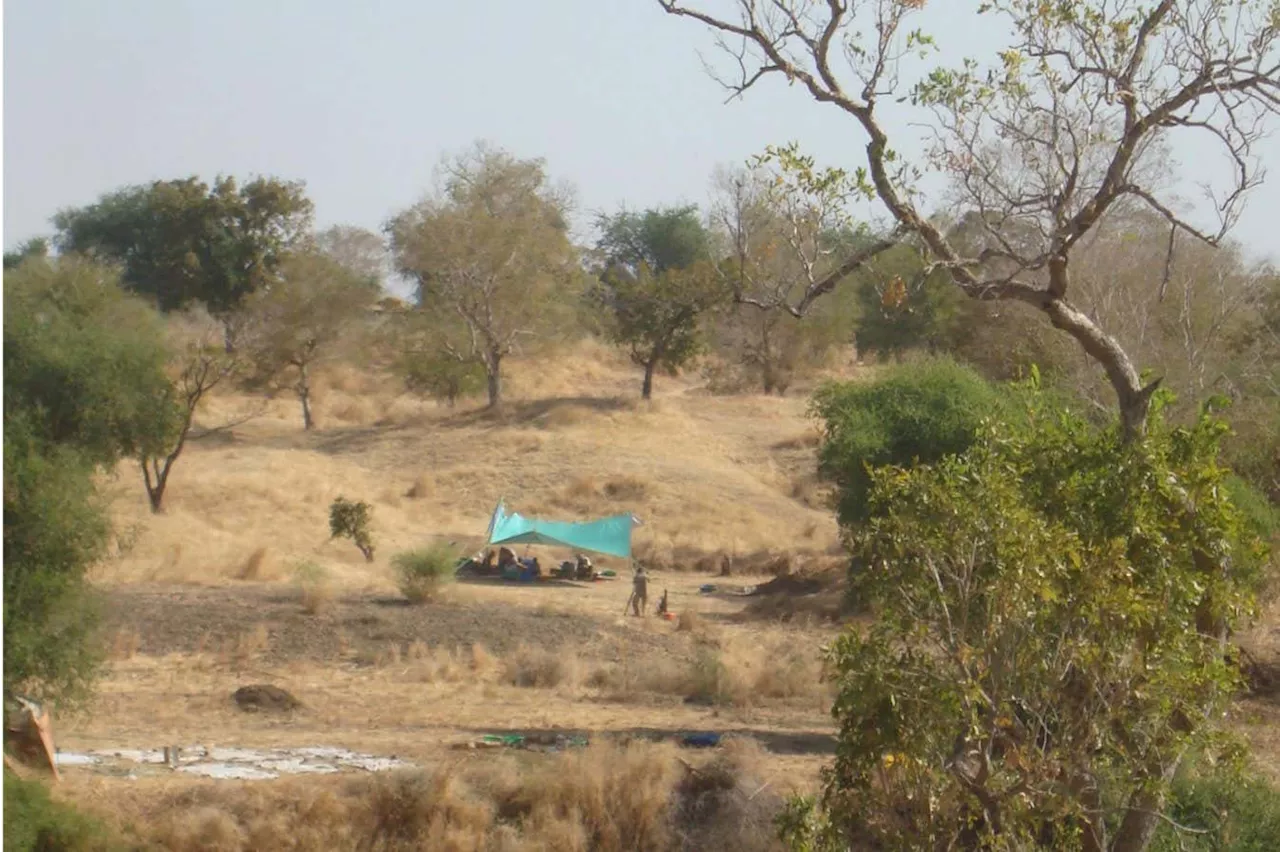Evidence from an archaeological site in Ethiopia suggests ancient humans adapted their diet during a dry spell after the Toba volcano eruption 74,000 years ago
An campsite in what is now Ethiopia may have been used for a few years before, during and after a huge volcanic eruption 74,000 years ago that altered Earth’s climate.
In the middle of the layer of sediment containing the stone chips and bones, the team also found volcanic ash in the form of minuscule pieces of glass known as cryptotephra. “They are just tiny, tiny glass shards,” says Kappelman – and their composition matches others from the Toba super-eruption. The team’s explanation for this is that the Shinfa river is seasonal and dries up, leaving waterholes in the dry season. Immediately after the Toba eruption, the dry season was longer, so the fish in the shrinking waterholes were easier to catch. This made up for the fall in terrestrial prey animals, the researchers suggest.Other researchers have argued that when conditions got drier, early humans moved to places that were wetter, he says.
Indonesia Berita Terbaru, Indonesia Berita utama
Similar News:Anda juga dapat membaca berita serupa dengan ini yang kami kumpulkan dari sumber berita lain.
 Massive Ochre Cave Paintings are Traces of Ancient Human Migration in the AmazonThe story of ancient humans in the Amazon Basin has not always been clear, but recent research illuminates their lives and the culture that they developed.
Massive Ochre Cave Paintings are Traces of Ancient Human Migration in the AmazonThe story of ancient humans in the Amazon Basin has not always been clear, but recent research illuminates their lives and the culture that they developed.
Baca lebih lajut »
 These ancient nomads made human leather out of their enemies2,400 years ago, a Greek historian described how the fearsome Scythians fashioned items from the skins of those they defeated. Science shows that wasn’t hyperbole.
These ancient nomads made human leather out of their enemies2,400 years ago, a Greek historian described how the fearsome Scythians fashioned items from the skins of those they defeated. Science shows that wasn’t hyperbole.
Baca lebih lajut »
 New archive of ancient human brains challenges misconceptions of soft tissue preservationSoft tissue preservation in the geological record is relatively rare, and except where deliberate intervention halts the process of decay (like embalming or freezing), the survival of entire organs is particularly unusual.
New archive of ancient human brains challenges misconceptions of soft tissue preservationSoft tissue preservation in the geological record is relatively rare, and except where deliberate intervention halts the process of decay (like embalming or freezing), the survival of entire organs is particularly unusual.
Baca lebih lajut »
 Peeling Back Time With 5,000 Ancient Human GenomesScience, Space and Technology News 2024
Peeling Back Time With 5,000 Ancient Human GenomesScience, Space and Technology News 2024
Baca lebih lajut »
 Human rights experts decry new evidence of torture of Ukrainian POWs by RussiaU.N.-backed human rights experts say they have gathered new evidence of “horrific” torture of Ukrainian prisoners of war by their Russian jailers, saying such practices could amount to war crimes
Human rights experts decry new evidence of torture of Ukrainian POWs by RussiaU.N.-backed human rights experts say they have gathered new evidence of “horrific” torture of Ukrainian prisoners of war by their Russian jailers, saying such practices could amount to war crimes
Baca lebih lajut »
 Sea surface temperature research provides clear evidence of human-caused climate changeNew oceanic research provides clear evidence of a human 'fingerprint' on climate change and shows that specific signals from human activities have altered the seasonal cycle amplitude of sea surface temperatures (SST).
Sea surface temperature research provides clear evidence of human-caused climate changeNew oceanic research provides clear evidence of a human 'fingerprint' on climate change and shows that specific signals from human activities have altered the seasonal cycle amplitude of sea surface temperatures (SST).
Baca lebih lajut »
